Novel Hydraulic and Aerodynamic Schemes of Coil Type Steam Generator: A Mathematical Model and Experimental Data
Abstract
:1. Introduction
- The laboratory stand should include two systems: hydraulic and aerodynamic. The final experimental data should be: coolant flow rate (cubic meters/h) at a known pump speed (rpm) and coil pressure (MPa); and volumetric air flow (cubic meters/h) at three stages of passage along the length of the cylinder (inlet, middle, and outlet);
- The algorithm of operation of both systems of the stand should be simple and intuitive to work for both scientific and educational purposes for students;
- The design of the electrical circuit;
- The design of the thermal mechanical circuit;
- The selection of hydraulic and electrical equipment, as well as the design of the metal structure, must be carried out, taking into account the fulfillment of the conditions of similarity;
- Installation and adjustment of equipment;
- Data collection and analysis.
2. Materials and Methods
Mathematical Model
3. The Main Part
3.1. Experimental Setup
3.2. Diagrams of the Hydraulic and Aerodynamic Systems of the Stand
- (1)
- An investigation of liquid and air flow modes;
- (2)
- Pump and fan control;
- (3)
- Study of the operation of devices for measuring the speed of movement, volume, and temperature of air and liquid in systems.
- Stand Operation Algorithm
3.3. Stand Management
3.4. The Practical Part
4. Results and Discussion
4.1. Experimental Results
4.2. Simulation Results
5. Conclusions
Author Contributions
Funding
Data Availability Statement
Conflicts of Interest
References
- Dudkin, M.M.; Osintsev, K.V.; Kuskarbekova, S.I. Experimental study of the operation of a coil-type steam boiler during opera-tion at the Northern oil field // Bulletin of the South Ural State University. Ser. Energy 2019, 19, 14–25. [Google Scholar] [CrossRef]
- Boje, E. Dry-out point estimation in once through boilers. In Proceedings of the 15th IFAC Symposium on System Identification, Saint-Malo, France, 6–8 July 2009; Volume 42, pp. 723–728. [Google Scholar] [CrossRef]
- Trojan, M. Modeling of a steam boiler operation using the boiler nonlinear mathematical model. Energy 2019, 175, 1194–1208. [Google Scholar] [CrossRef]
- Asotani, T.; Yamashita, T.; Tominaga, H.; Uesugi, Y.; Itaya, Y.; Mori, S. Prediction of ignition behavior in a tangentially fired pulverized coal boiler using CFD. Fuel 2008, 87, 482–490. [Google Scholar] [CrossRef]
- Mandø, M.; Rosendahl, L.; Yin, C.; Sørensen, H. Pulverized straw combustion in a low-NOx multifuel burner: Modeling the transition from coal to straw. Fuel 2010, 89, 3051–3062. [Google Scholar] [CrossRef]
- Bruce-Konuah, A.; Jones, R.V.; Fuertes, A.; de Wilde, P. Central heating settings in low energy social housing in the United Kingdom. Energy Procedia 2019, 158, 3399–3404. [Google Scholar] [CrossRef]
- Dixon, D.; Nguyen, A. An Empirical Oil, Steam, and Produced-Water Forecasting Model for Steam-Assisted Gravity Drainage with Linear Steam-Chamber Geometry. SPE Reserv. Eval. Eng. 2019, 22, 1615–1629. [Google Scholar] [CrossRef]
- Kusumastuti, I. Effects of Various Steam Flooding Injection Patterns and Steam Quality to Recovery Factor. J. Earth Energy Eng. 2019, 8, 33–39. [Google Scholar] [CrossRef] [Green Version]
- Suvorov, D.; Frantsuzova, G.; Hubka, L. Nonlinear process control once-through boiler. In Proceedings of the 2014 12th International Conference on Actual Problems of Electronics Instrument Engineering (APEIE), Novosibirsk, Russia, 2–4 October 2014; pp. 701–709. [Google Scholar] [CrossRef]
- Jha, R.S.; Lele, M.M. Dynamic modeling of a water tube boiler. Heat Transf. 2022, 51, 6087–6121. [Google Scholar] [CrossRef]
- Mojica-Cabeza, C.D.; García-Sánchez, C.E.; Silva-Rodríguez, R.; García-Sánchez, L. A review of the different boiler efficiency calculation and modeling methodologies. Inf. Técnico 2021, 86, 69–93. [Google Scholar] [CrossRef]
- Zykov, A.K. Steam and Hot Water Boilers: A Reference Manual, 2nd ed.; Library of the Heat Installer: Saint-Petersburg, Russia, 1995; p. 119. [Google Scholar]
- Petukhov, B.S. Heat Exchange and Resistance during Laminar Fluid Flow in Pipes; Energiya Publishing House: Moscow, Russia, 1967; p. 409. [Google Scholar]
- Germano, M. The Dean equations extended to a helical pipe flow. J. Fluid Mech. 1989, 203, 289–305. [Google Scholar] [CrossRef]
- Kirillov, P.L.; Yuryev, Y.S.; Bobkov, V.P. Handbook of Thermohydraulic Calculations; «Energoatomizdat» Publishing House: Moscow, Russia, 1984; p. 296. [Google Scholar]
- Mori, Y.; Nakama, N. Investigation of heat exchange during forced fluid flow in curved pipes. Int. J. Heat A Mass Transfer. 1965, 8, 61–82. [Google Scholar]
- Bagoutdinova, A.G.; Zolotonosov, Y.A.D. Coil Heat Exchangers and Their Mathematical Description; «Doe» Publishing House, 2015; Volume 1, pp. 44–45.
- EVachagina, K.; Bagoutdinova, A.G.; Zolotonosov, Y.D.; Knyazeva, I.A. The conjugate problem of heat exchange during the flow of liquids in coils with a changing bending radius of a helical spiral. Bull. Technol. Univ. 2015, 18–20. [Google Scholar]
- Nazmeev, Y.G. Hydrodynamics and Heat Exchange of Swirling Flows of Rheologically Complex Media; «Energoatomizdat» Publishing House: Moscow, Russia, 1996; p. 68. [Google Scholar]
- Aronov, I.Z. Heat Exchange and Hydraulic Resistance in Curved Pipes: Diss. Candidate of Technical Sciences; KPI: Kiev, Ukraine, 1950; p. 130. [Google Scholar]
- Zapryanov, Z.; Christov, C.; Toshev, E. Fully developed laminar flow and heat transfer in curved tubes. Int. J. Heat Mass Transf. 1980, 23, 873–880. [Google Scholar] [CrossRef]
- Bagoutdinova, A.G.; Zolotonosov, Y.D. Mathematical model of the conjugate heat transfer problem in turbulent flow in channels of complex geometry. Izv. KGASU 2013, 2, 157–167. [Google Scholar]
- Bulkin, A.E. Automatic Regulation of Power Plants: A Textbook; MEI: Moscow, Russia, 2016; p. 508. [Google Scholar]
- Dudkin, M.M.; Osintsev, K.V.; Kuskarbekova, S.I. Development of methodological foundations for the study of vaporization processes during the movement of a multicomponent liquid in direct-flow coil-type boilers by mathematical modeling methods. Ind. Power Eng. 2020, 11, 16–24. [Google Scholar] [CrossRef]
- Mura, L.; Buleca, J.; Zelenakova, L.; Qineti, A.; Kozelova, D. An analysis of selected aspects of international business in Slovak dairies in the EU framework. Mljekarstvo Časopis Za Unaprjeđenje Proizv. I Prerade Mlijeka 2012, 62, 219–226. [Google Scholar]
- Buleca, J.; Mura, L. Quantification of the Efficiency of Public Administration by Data Envelopment Analysis. Procedia Econ. Finance 2014, 15, 162–168. [Google Scholar] [CrossRef]
- Andrejovska, A.; Buleca, J.; Drab, R. Impact of Macroeconomic Factors on Corporate Income Tax in the V4 Countries Using Regression Analysis. In Proceedings of the Central European Conference in Finance and Economics (CEFE2015), Herľany, Slovak Republic, 30 September–1 October 2015; pp. 1–9. [Google Scholar]
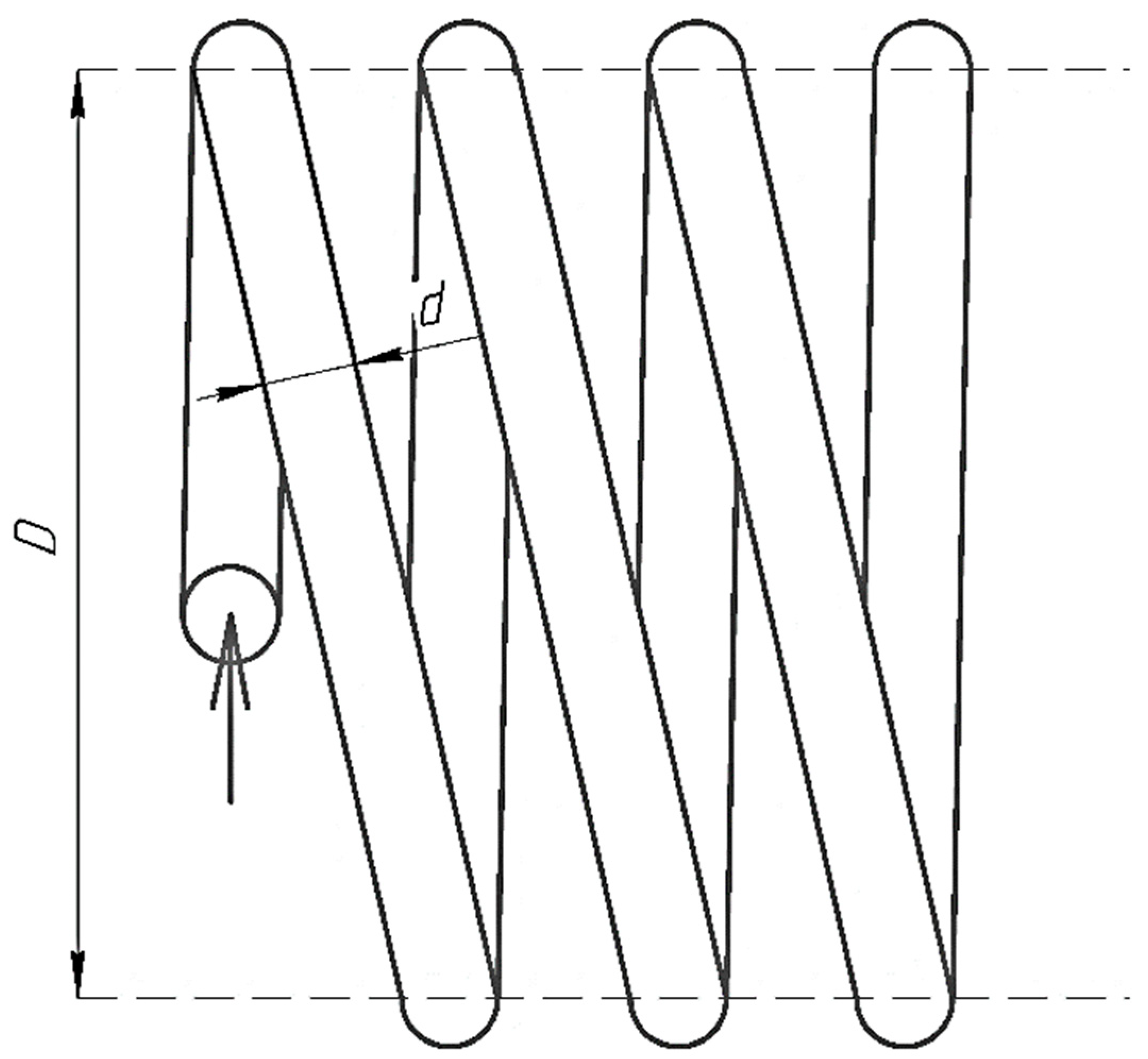
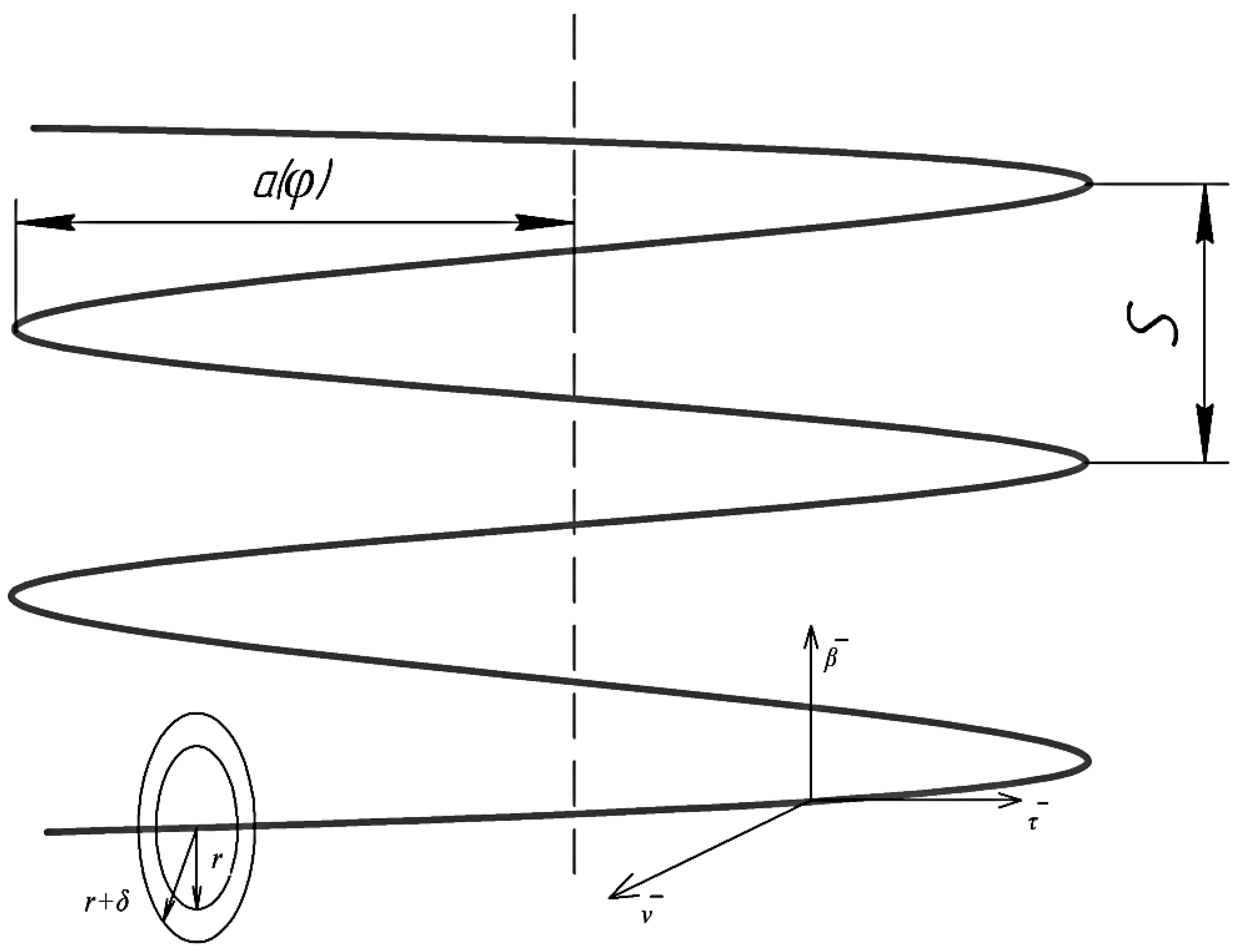
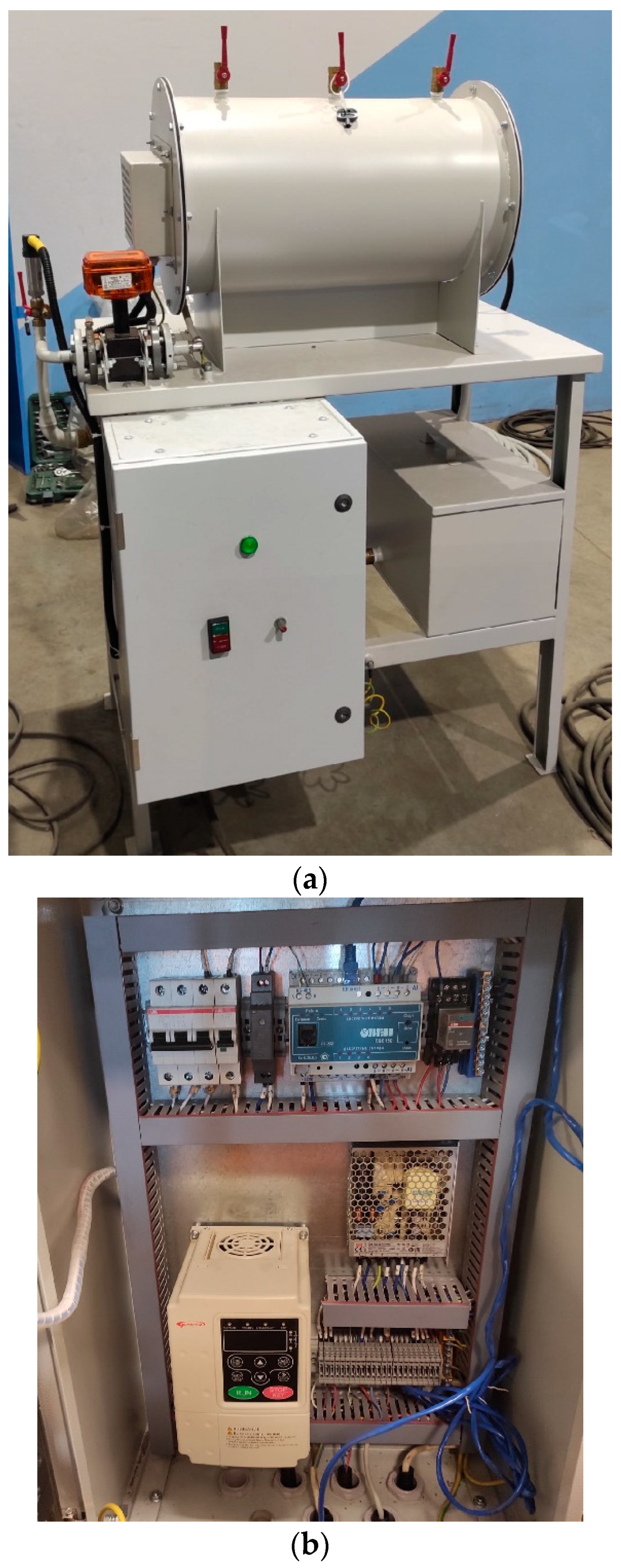
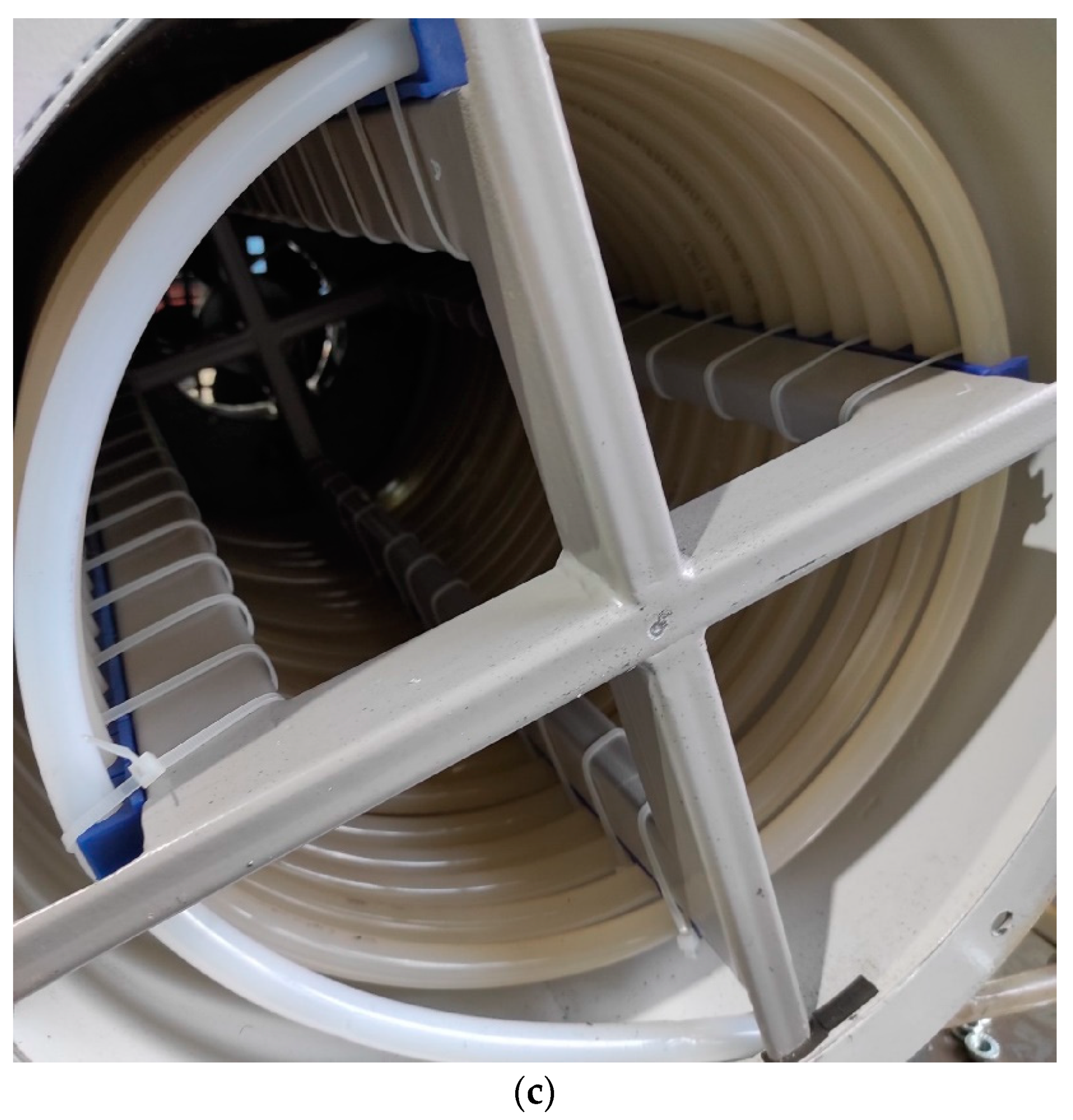

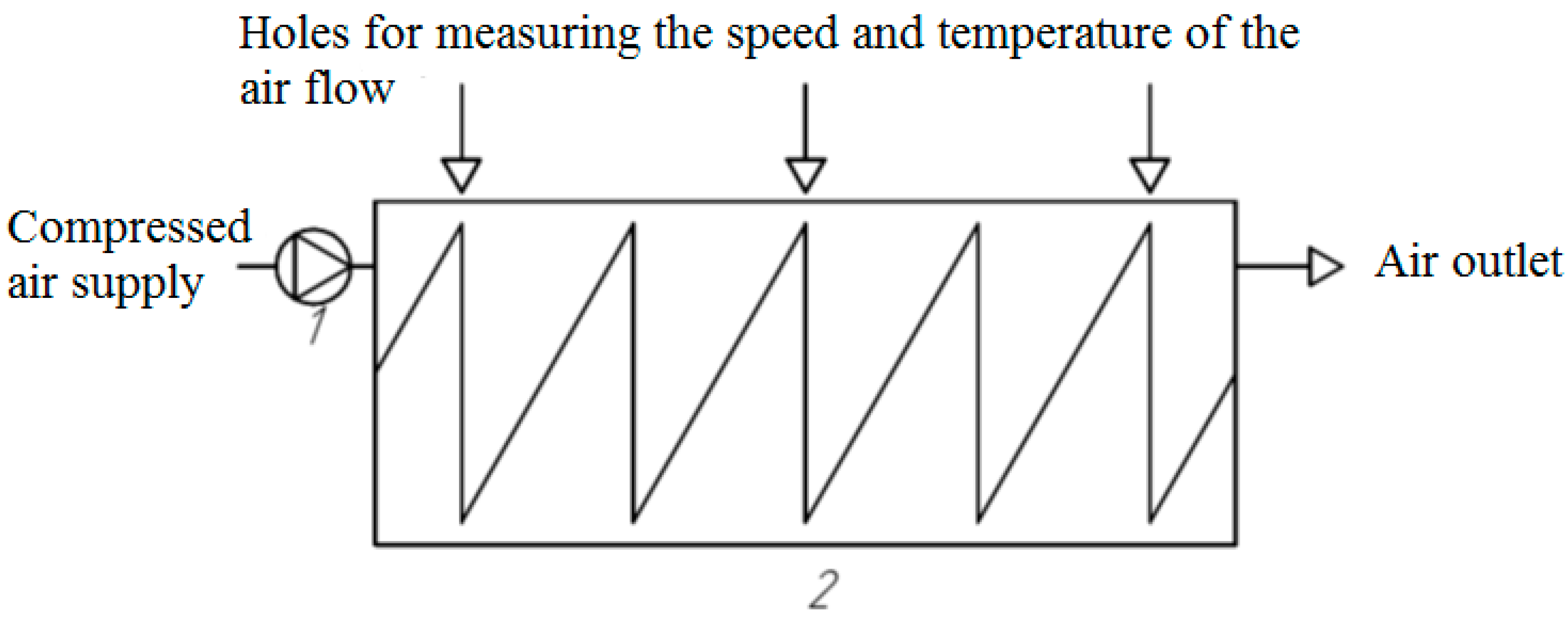


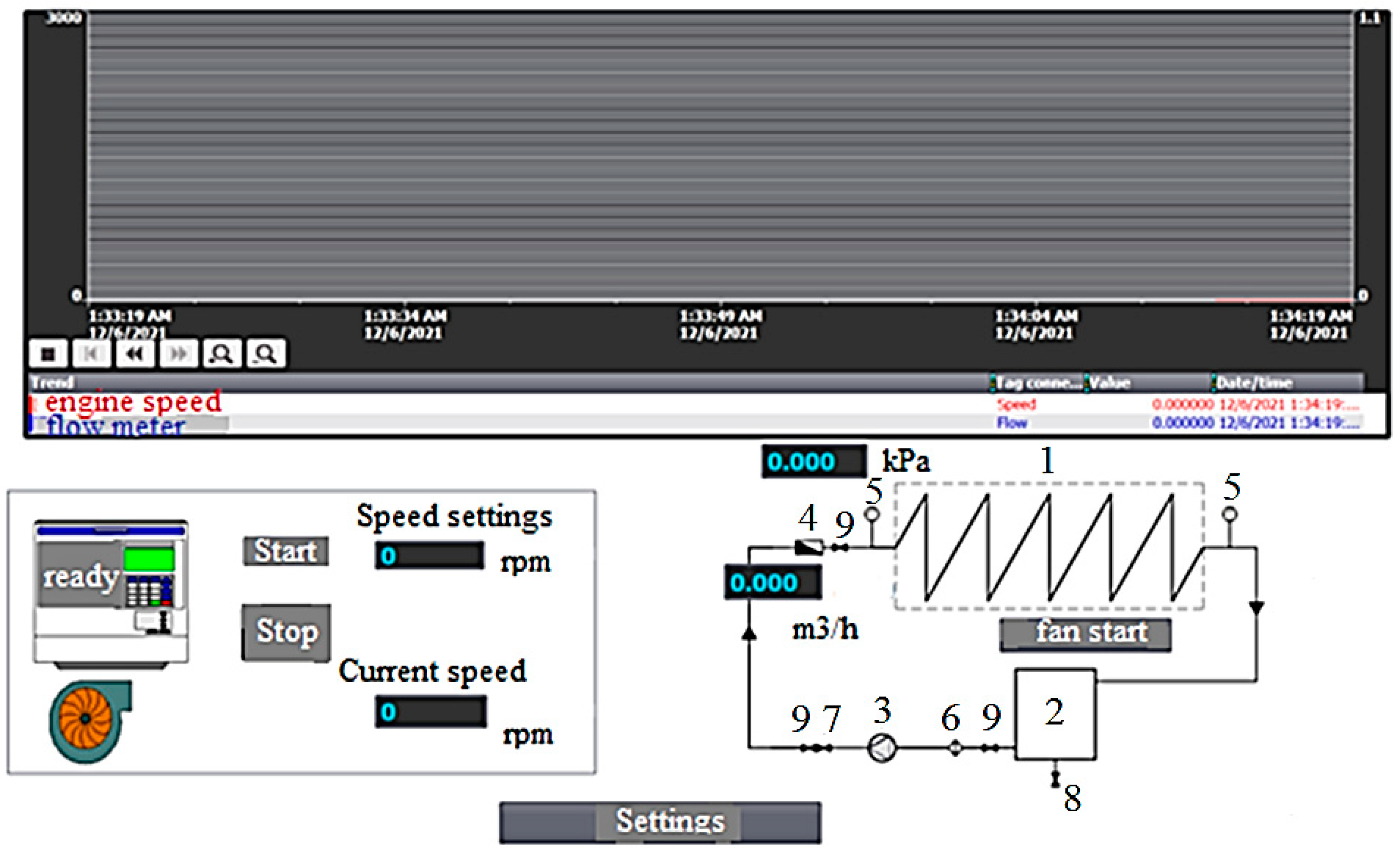
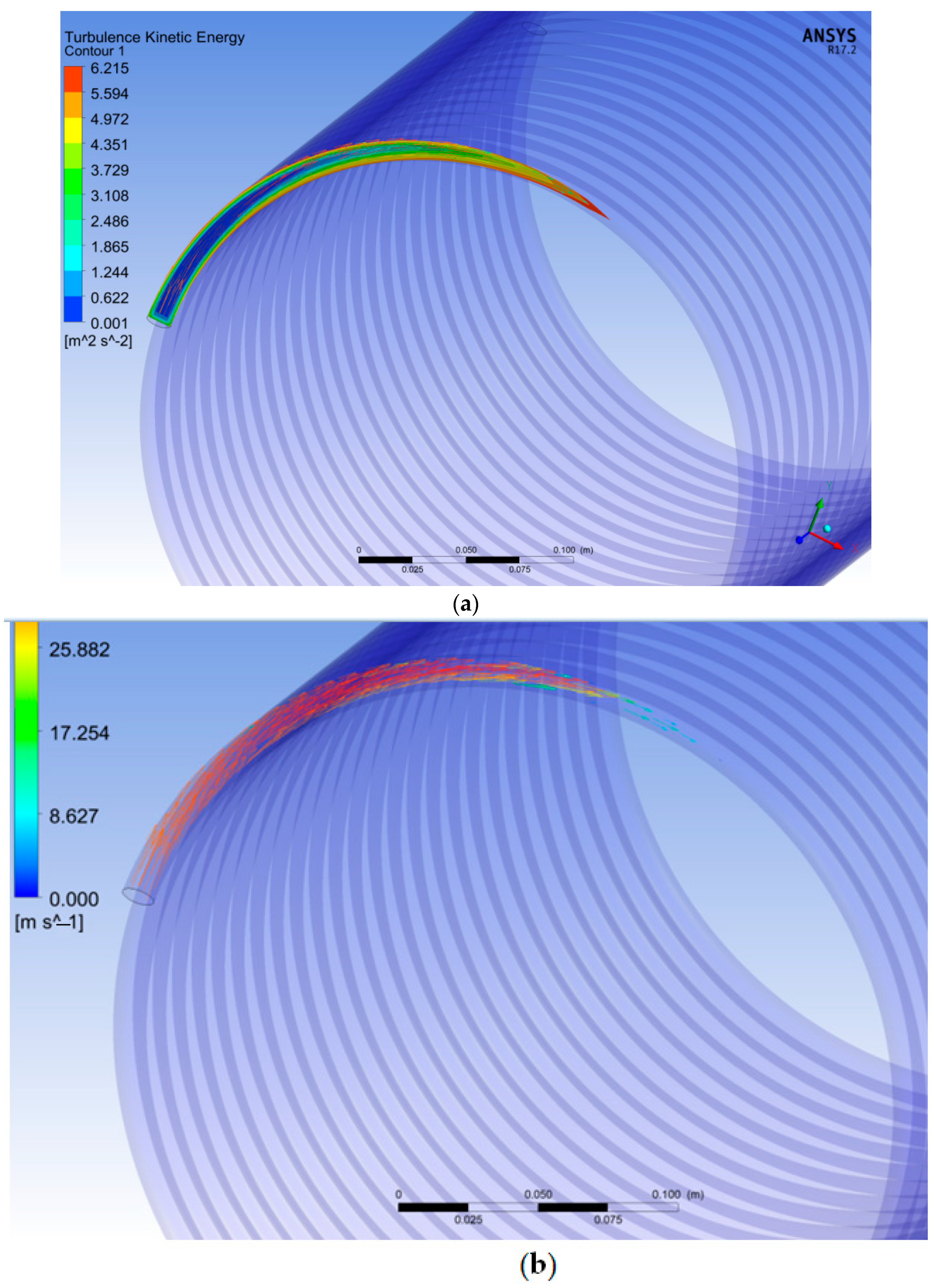
| Engine Speed, rpm | Pressure, kPa | Consumption, m3/h | Number Re |
|---|---|---|---|
| 2500.38 | 531.07 | 0.902 | 310,119.5 |
| 2354.8 | 493.966 | 0.88 | 292,063.4 |
| 2002.16 | 331.834 | 0.775 | 248,325.8 |
| 1885 | 175.057 | 0.7 | 233,794.6 |
| 1531.2 | 175.057 | 0.623 | 189,913.2 |
| 1296.88 | 72.817 | 0.623 | 160,850.7 |
| 999.92 | 71.888 | 0.52 | 124,019.0 |
| 881.6 | 71.888 | 0.314 | 109,343.9 |
| 764.44 | 54.738 | 0.314 | 94,812.7 |
| 619.44 | 54.129 | 0.313 | 76,828.5 |
| 592.76 | 54.128 | 0.262 | 73,519.4 |
| 499.96 | 28.609 | 0.262 | 62,009.5 |
| 269.12 | 6.969 | 0.047 | 33,378.7 |
| 151.96 | 3.363 | 0.024 | 18,847.4 |
Publisher’s Note: MDPI stays neutral with regard to jurisdictional claims in published maps and institutional affiliations. |
© 2022 by the authors. Licensee MDPI, Basel, Switzerland. This article is an open access article distributed under the terms and conditions of the Creative Commons Attribution (CC BY) license (https://creativecommons.org/licenses/by/4.0/).
Share and Cite
Kuskarbekova, S.; Osintsev, K.; Aliukov, S. Novel Hydraulic and Aerodynamic Schemes of Coil Type Steam Generator: A Mathematical Model and Experimental Data. Energies 2022, 15, 8203. https://doi.org/10.3390/en15218203
Kuskarbekova S, Osintsev K, Aliukov S. Novel Hydraulic and Aerodynamic Schemes of Coil Type Steam Generator: A Mathematical Model and Experimental Data. Energies. 2022; 15(21):8203. https://doi.org/10.3390/en15218203
Chicago/Turabian StyleKuskarbekova, Sulpan, Konstantin Osintsev, and Sergei Aliukov. 2022. "Novel Hydraulic and Aerodynamic Schemes of Coil Type Steam Generator: A Mathematical Model and Experimental Data" Energies 15, no. 21: 8203. https://doi.org/10.3390/en15218203






